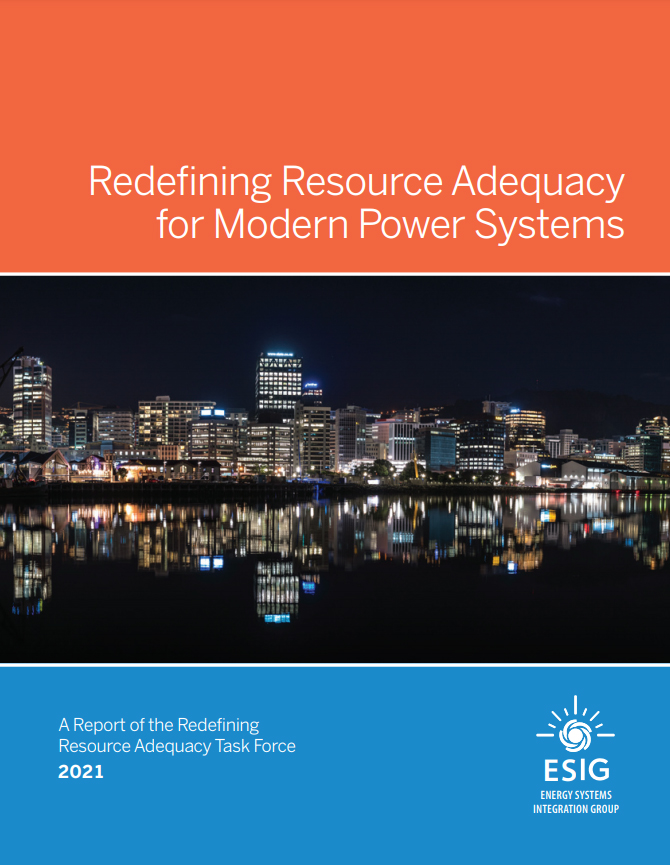Today’s rapidly increasing levels of wind, solar, storage, and load flexibility require the industry to rethink reliability planning and resource adequacy methods for modern power systems. Periods with a risk of shortfall often no longer coincide with peak demand—reliability risks are less about peak load and more about the daily setting of the sun, extended cloud cover, wind speeds, cold snaps, and heat waves. In addition, demand is increasingly flexible. Key resources are time-sensitive, as batteries need time to recharge and electricity customers can only be asked to provide demand response for just so long. And reliability failures are often correlated—with one another and with the weather.
Two driving factors require the industry to reconsider its analytical approach for resource adequacy:
Chronological grid operations: The increasing importance of variable renewable resources (such as wind and solar) and of energy-limited resources (storage and demand response) make it essential to understand the full year of chronological operation of the grid. Specific attention must be paid to hourly, seasonal, and inter-annual resource variability. The sequence of the variability is key, as energy-limited resources such as batteries or demand response require either a preceding period or subsequent period of high production to be useful for grid reliability.
Correlated events: Historically, resource adequacy analysis focused on shortfalls caused by random, discrete mechanical failures of large generating units. In contrast, shortfalls today are often caused by multiple, correlated events caused by common weather patterns. Resource adequacy analysis must increasingly shift its focus to these correlated events.
The redesign of resource adequacy methods will benefit from a set of guiding principles to better allow for sharing of insights and best practices, interregional resource coordination, and a smoother regulatory process for resource procurement.
The objective of this report is to move this redesign forward. It provides an overview of key drivers changing the way resource adequacy needs to be evaluated, identifies shortcomings of conventional approaches, and outlines first principles for practitioners to consider as they adapt their approaches. The central message is, what got us here won’t get us there.
Principle 1: Quantifying size, frequency, duration, and timing of capacity shortfalls is critical to finding the right resource solutions.
Principle 2: Chronological operations must be modeled across many weather years.
Principle 3: There is no such thing as perfect capacity.
Principle 4: Load participation fundamentally changes the resource adequacy construct.
Principle 5: Neighboring grids and transmission should be modeled as capacity resources.
Principle 6: Reliability criteria should be transparent and economic.
The full Redefining Resource Adequacy for Modern Power Systems report can be downloaded below.
Linked here you’ll find a related webinar on the report, “Redefining Resource Adequacy.”





